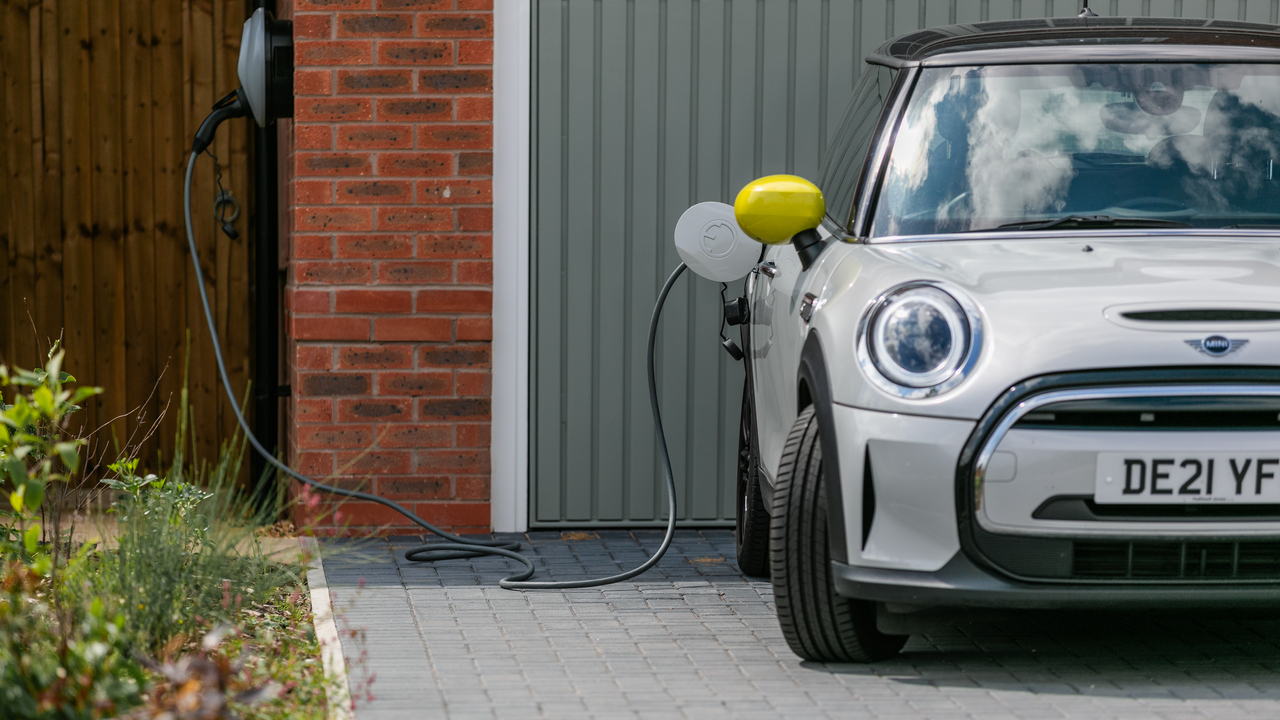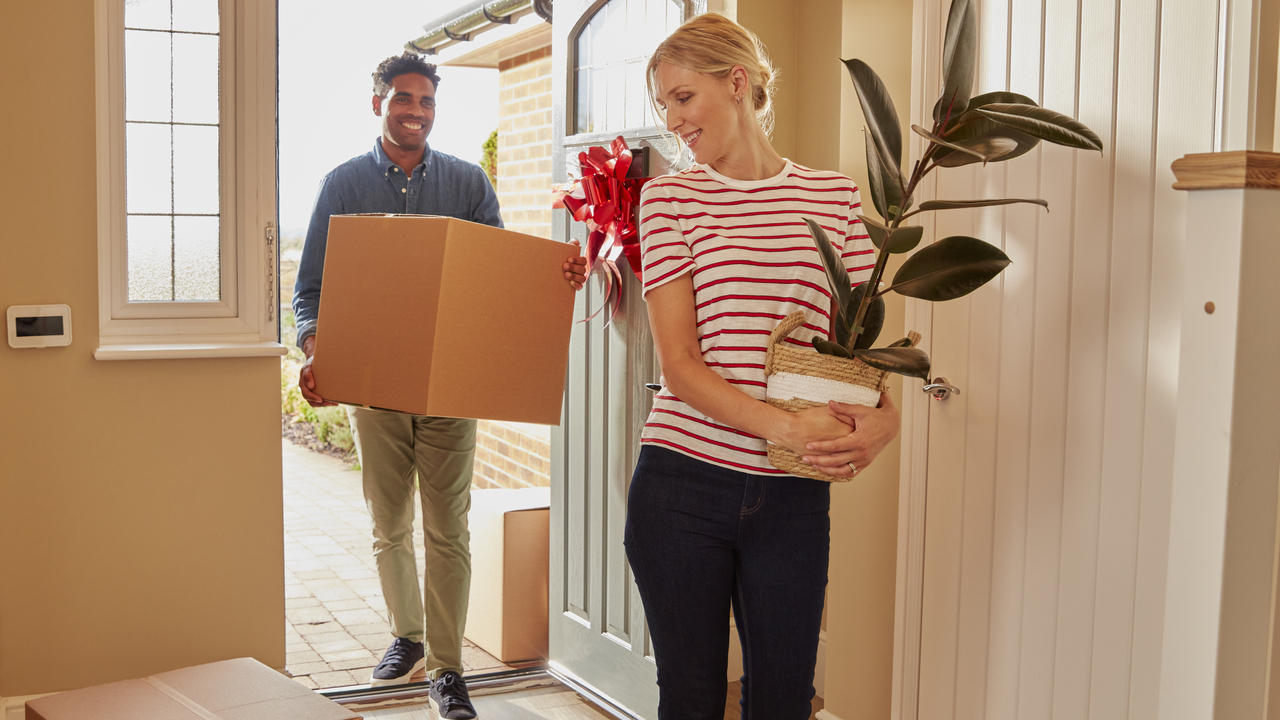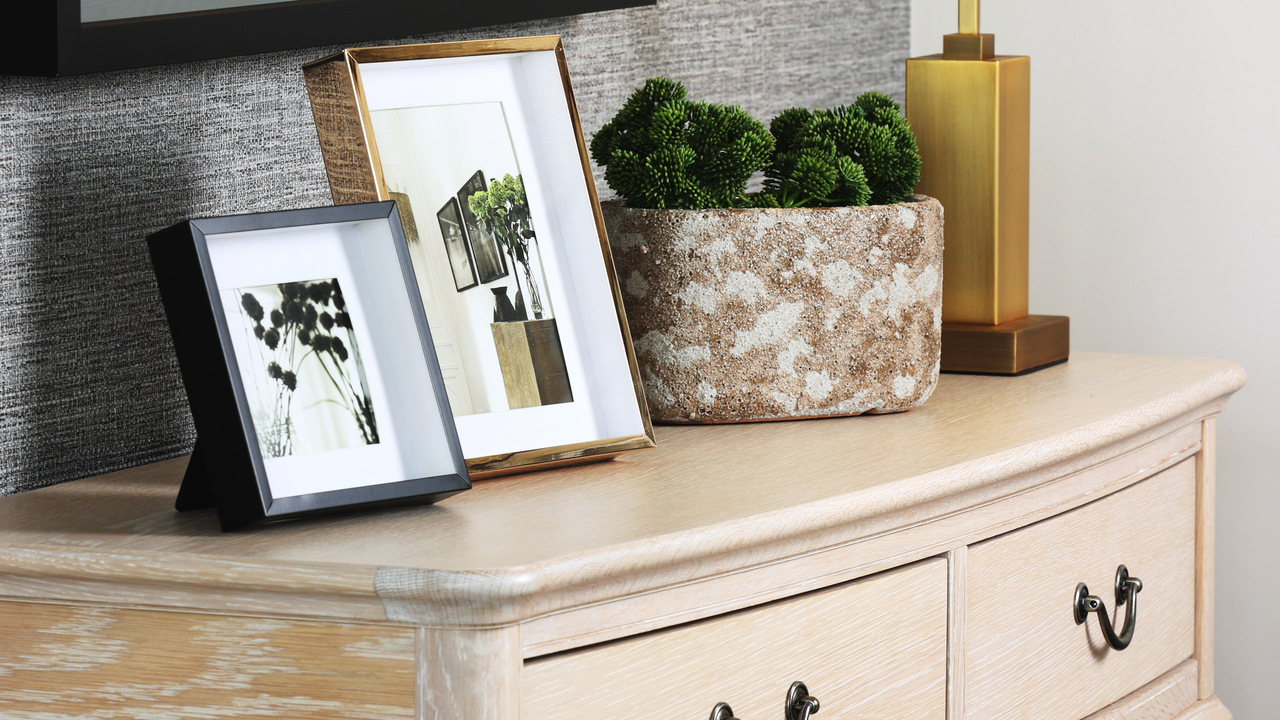We’ve put together an easy-to-follow guide to making a sustainable house move. Read on to find out what sets our new homes apart, tips on what to look for in a new home, plastic-free options for packing and interior inspiration for styling your home.
How to find an energy efficient and sustainable home
When it comes to finding an energy efficient, sustainable home, it has to be new. The vast majority (85%) of new build houses have an Energy Performance Certificate of A or B, whereas less than 5% of older properties achieve this. The top features that make Redrow homes more sustainable include:
- Our homes are highly energy efficient with the chance to save you over £970* a year on your utility bills by moving from old to new. “Moving to a home that’s more energy efficient than your existing one will help you save money on your energy bills and reduce your carbon footprint,” said sustainability manager Olivia Parry.
- We take a fabric first approach to building new homes. Our Eco Now homes feature high-specification doors, windows and boilers. Our Eco Electric homes are gas-free and ‘zero carbon ready’. Air source heat pumps provide heating and hot water, with underfloor heating included as standard on the ground floor.
- Solar panels can be added to our homes so that you can reduce your reliance on the grid for energy. By harnessing renewable energy you’ll also be helping to lower your energy bills even further. Win, win!
- Charging points for electric vehicles (EVs) are included with many of our homes, meaning you won’t have to worry about finding a charging point close to home or installing a charger. “If you don’t already have an EV, moving to a new home could help you make the switch from a petrol or diesel vehicle to an electric one,” Olivia suggested.
- Our target is to make sure 90% of our products, services and labour are sourced locally to our developments and to use sustainable materials to construct new homes. We’re proud that 99.92% of our timber is responsibly sourced and credibly certified. We build our homes using concrete tiles which require fewer raw materials and produce lower CO2 emissions in their manufacture and aircrete concrete blocks for which 80% of materials are recycled; and 99% of materials are from the UK.
- By providing and enhancing green spaces and natural habitats for wildlife and people alike within the communities we create, we’re delivering biodiversity net gain. The aim is to bring nature onto our developments, helping improve climate resilience and benefit local people and wildlife by creating green open spaces for everyone to enjoy. Find out more about our biodiversity values and rules and our pledge of nature for people.
- Sustainable transport links are a key factor when planning and designing our developments. We choose to build our homes in locations with great facilities such as schools and shops, where you don’t have to rely on a car but can walk or cycle or catch a bus or train nearby. Walking and cycling routes are created within our developments, with green corridors to help people and wildlife move easily through the community.

Learn more about what sustainable home building is.
The eco-friendly way to move house
When you’ve found your dream home and are starting to plan for the big move. Follow these simple steps to move house more sustainably.
- Donate items you no longer want or need to charity. Many charity shops will have a collection service for larger items. Alternatively, you could offer them for free or for sale on a local online marketplace. For expert advice, read our hacks on organising and decluttering your home.
- When it comes to packing up ready to move house, Olivia recommends avoiding single use packing materials such as plastic bubble wrap where possible. “There are lots of alternatives to bubble wrap that still offer a cushion to the items you’re packing up to move. Consider paper bubble wrap, shredded paper, corrugated cardboard or starch packing peanuts,” Olivia said. “Or use items you already own. Towels and bedding can be used to wrap larger items. Socks can provide padding for smaller things,” Olivia suggested.
- Reduce, reuse and recycle your packing materials. “Shredded paper makes a great addition to a bug house,” Olivia added. “Or you could keep some of your packing materials and reuse when you’re sending parcels. If there’s a WhatsApp group for the Redrow development you’re moving to, you could offer your packing materials to the people who are yet to move but will become your new neighbours.”
- Used boxes can often be collected from local stores, although you may need to enquire in advance and arrange to collect. You could also ask in community WhatsApp or Facebook Groups or your removals company may hire packing boxes for moving.
- When it comes to the journey itself, look for a removals company with electric vans or hire an electric van if you’re moving yourself. “Pack smart and load the van so that you minimise the number of trips you make,” Olivia said.

How to style your home sustainably
Once you’ve moved in, you’ll be able to settle in with My Redrow support. We recommend you wait 18 months before decorating your new home, but there are still lots of ways to add character inside your new home in the meantime. We asked Helen Joseph, from our in-house interiors team for her top tips on how to style your home sustainably.
- Upcycle or repurpose your existing furniture by painting or reupholstering it to coordinate with your new décor. “A fresh lick of paint will give an older piece of wooden furniture a new lease of life. Paint has an amazing transformative effect so don’t be afraid to showcase your creative side.” Helen suggested. “Upcycling isn’t limited to furniture, accessories can also be upcycled. It could be as simple as adding a new shade to a lampstand or making over an old vase with a textured paint.”
- Invest in classic, high quality statement items rather than fast fashion interiors for longevity, “Interior design has seen a big shift towards trends that prioritise quality over quantity such as the trend Quiet Luxury which focuses on high-quality materials and understated elegance for a timeless look,” Helen explained.
- Preloved items can complement the décor in your new home. “You can have hours of fun hunting out items in charity and antique shops, or online platforms such as eBay, or Facebook marketplace,” Helen added. “Opting to buy preloved often leads to unique finds which will be the envy of your friends. But remember, if you’re looking online to factor in the distance if you need to collect.”
- Position your furniture to maximise efficiency. “If possible, position large items of furniture away from radiators or leave a gap to allow the warm air to circulate,” Helen said.
- Choose natural materials for your soft furnishings such as cotton or hemp, with durable and versatile qualities, which are great choice for bed linens, cushions and window treatments.
- To help reduce your carbon footprint look for plastic-free or low carbon homeware and furnishings that are locally made. Limiting your search zone and setting boundaries often leads to more creative design choices so keep an open mind when sourcing locally.
- Reclaimed wood can be cut to size and varnished or painted to make statement shelves or even an outdoor garden bar or rustic dining table for entertaining. Read our guide for more dining room inspiration.
- The minimalist interiors trend lends itself towards sustainable choices “Minimalist interior design helps make the most of the space in your home by focusing attention on one of two core pieces,” Helen said. “Clean lines and muted colour palettes help create a sense of tranquillity, somewhere visitors feel welcome, and you can relax.”
- When you’re ready to decorate, opt for eco-friendly, non-toxic paints. “One of my go to brands is Coat Paints who make their paint sustainably here in the UK,” Helen added. Eco-friendly wallpaper is also available, look for wallpaper sourced from sustainably managed forests and crafted in small batches using non-toxic inks.

If you’re feeling the heat, read our guide on how to keep your home cool this summer.
Discover more top tips for a sustainable home.
*Research by the HBF, based on EPC ratings, suggests that buyers of new build houses could have saved more than £970 on their annual energy bills last year. Source: HBF “Watt a Save report” published October 2024, last updated: January 2025.



